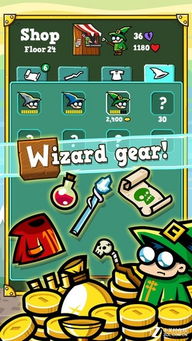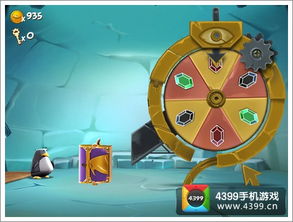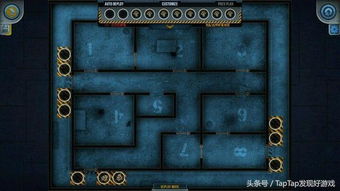The Art of Crafting a Game Level: A Comprehensive Guide

In the vast world of gaming, the level is the canvas where developers paint the experiences that players will immerse themselves in. A well-crafted level can make or break a game, offering a seamless blend of challenge, exploration, and narrative. This article delves into the intricacies of game level design, providing insights into the process and the elements that make a level memorable.


A game level is a self-contained environment within a game where players interact with the game world. It can range from a simple room to an expansive outdoor landscape. The level is designed to guide the player through a series of challenges, leading to a specific outcome or goal.








The first step in designing a level is to conceptualize its purpose and theme. This involves understanding the game's overall narrative and how the level fits into it. Questions to consider include: What is the player's objective? What type of environment is required? What challenges will the player face?

Once the concept is established, the level is mapped out on paper or using a digital tool. This blueprint includes the layout of the environment, placement of objects and NPCs, and the flow of the level. It's crucial to ensure that the level is navigable and that the player's path is clear.

A prototype of the level is created to test its mechanics and gameplay. This involves placing placeholder assets and programming the level's behavior. The prototype is used to identify and fix any issues before the final assets are added.


A well-designed level should offer a balance between challenge and reward. The player should feel a sense of accomplishment when they overcome a difficult obstacle, but the level should also be accessible enough to prevent frustration.

Levels should not only be fun to play but also contribute to the game's narrative. This can be achieved through environmental storytelling, where the level's design and objects tell a story about the game's world.

Levels should be accessible to players of all skill levels. This means providing a variety of paths to the end goal and ensuring that the level's mechanics are intuitive.

Designing a game level is a complex and multifaceted process that requires creativity, technical skill, and a deep understanding of the game's objectives. By focusing on the player's experience and ensuring that the level is both challenging and enjoyable, developers can create levels that stand out and leave a lasting impression.